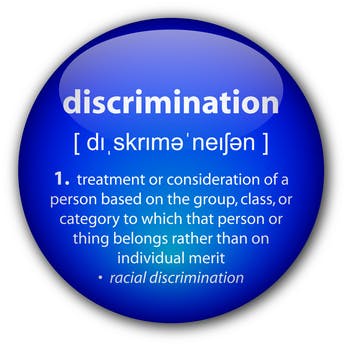By Eric B. Meyer
A 51-year-old auto-parts specialist with lupus, fibromyalgia, diabetes and arthritis, claimed that his 29-year-old co-worker called him an “old cripple” and an “old man,” labeled him “too old to be trained,” and threatened to beat him with a baseball bat.
The 51-year-old responded by telling his manager that he would kick the 29-year-old’s ass and then came to work with a handgun in his car.
Wha Wha Whaaaaaat?!?!
Did the older employee overreact? Maybe. But was he the victim of a hostile work environment?
4 elements to prove hostile work environment
The case is Clark v. O’Reilly Automotive, decided this week (May 23, 2011), by the United States District Court for the Eastern District of Arkansas.
To establish that an employers has created a hostile work environment in Arkansas, a plaintiff must prove four elements:
- He was subjected to harassment as a result of his membership in a protected class (e.g., age, disability);
- The harassment was both subjectively and objectively unwelcome;
- The harassment was sufficiently severe or pervasive as to affect a term, condition, or privilege of employment; and
- The employer knew (or should have known) of the harassment and failed to take prompt and remedial action.
Why the court found no bias
Given this “stringent standard,” the court found that Clark could not demonstrate that he could survive summary judgment. First, the court noted that the plaintiff only complained once about age- or disability-related animus, and the company subsequently offered the plaintiff a transfer to another store, which he accepted.
Second, the court held that even if the plaintiff could demonstrate that his harasser routinely called him names like “cripple” and “old man,” that would amount to nothing more than mere teasing, which is not actionable conduct under federal law.
Finally — and this is my favorite part of the opinion — the court recognized that while the harasser had threatened to hit the plaintiff with a baseball bat, because the plaintiff was packing heat on company property, it “mitigates the severity” of the harasser’s threat.
And here I thought that was the Chicago way.
This was originally published on Eric B. Meyer’s blog, The Employer Handbook
